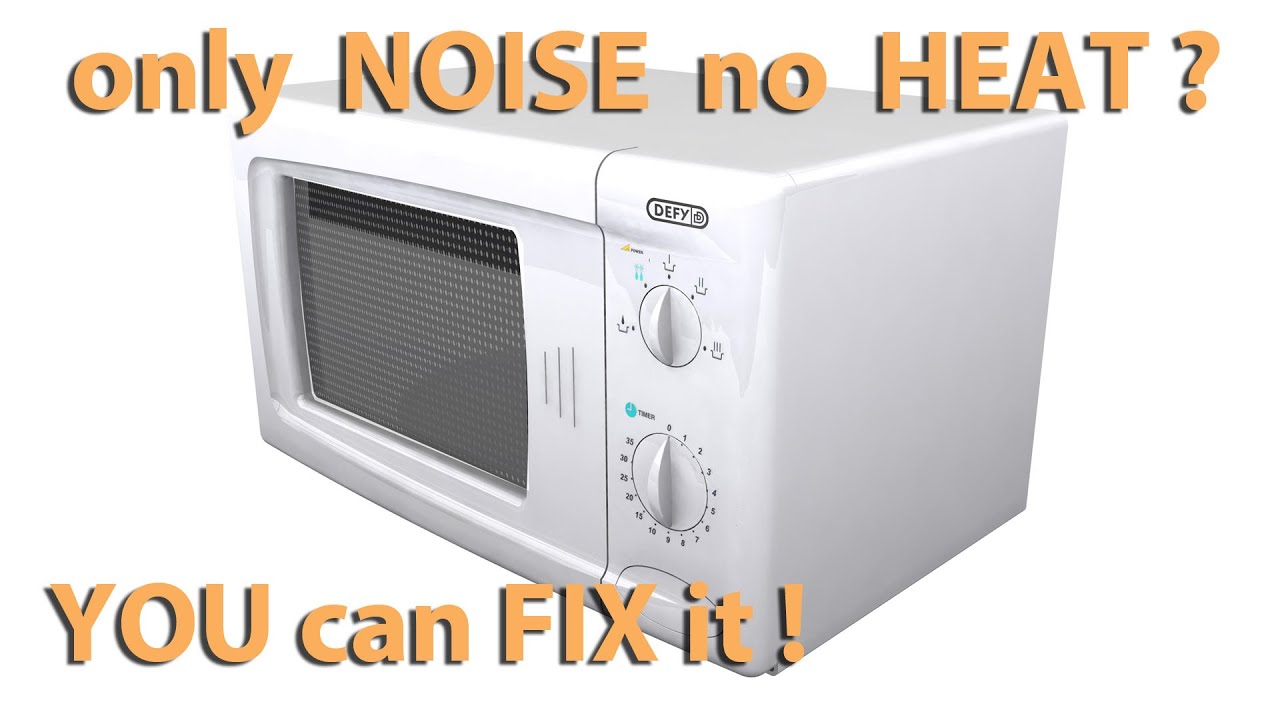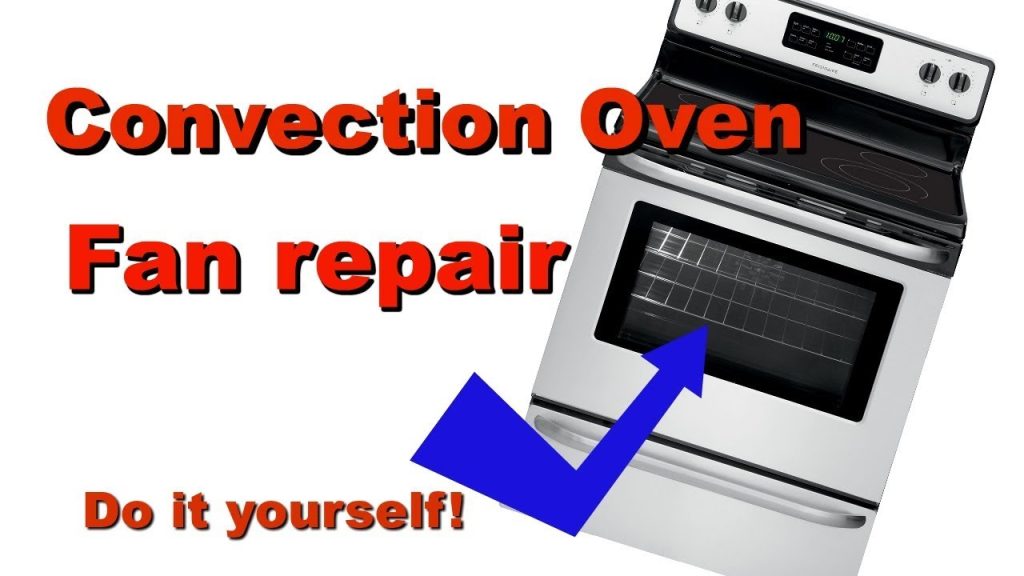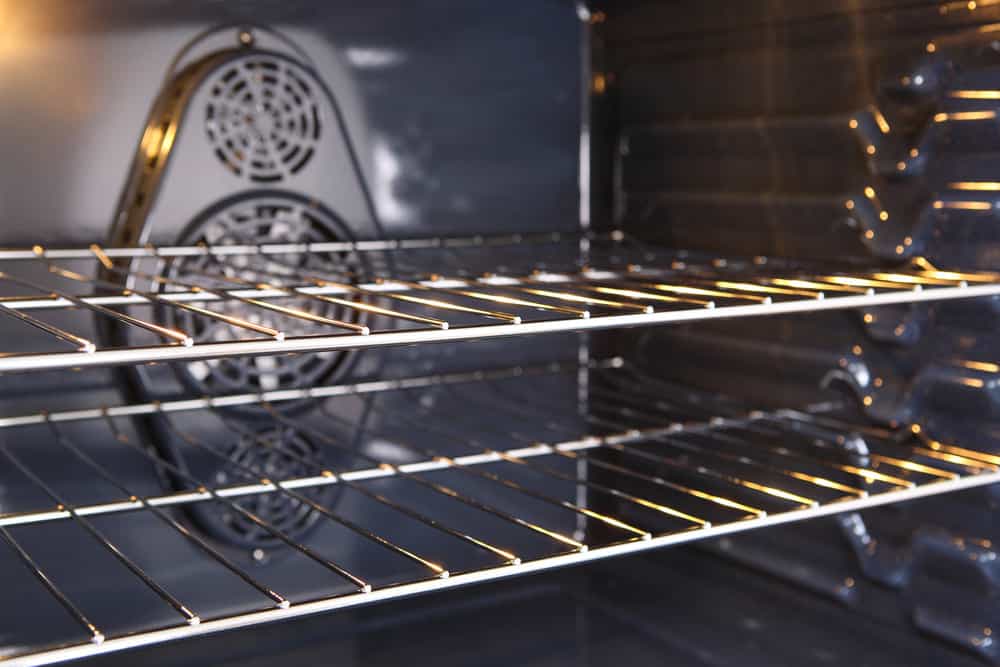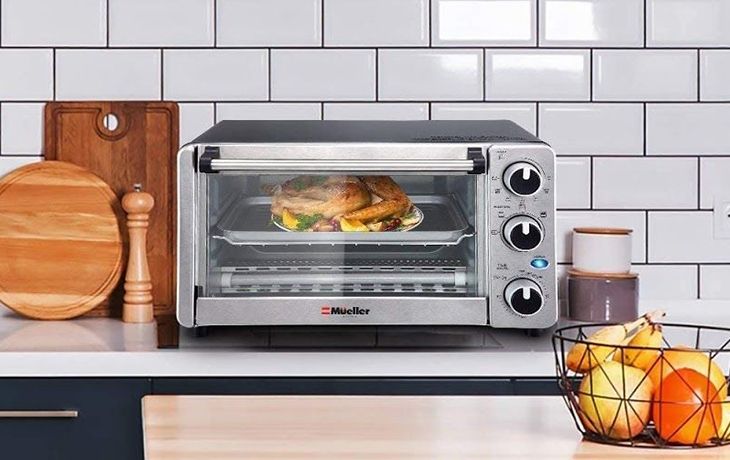Is Your Convection Oven Too Loud and Noisy? Know What You Need To Do

Convection ovens are unquestionably superior to conventional ovens when it comes to baking. After all, they circulate hot air around the meal with a fan, resulting in a speedier and more similar cooking experience. But, with that fan, I’m curious if convection ovens are noisy.
So I performed some research and came up with the following:
Yes, due to the convection fan that turns on and off at regular intervals to spread heat evenly throughout the inside of the oven, convection ovens can be noisy. However, excessive noise can be caused by a faulty fan or motor.
Indeed, whether it comes to evenly roasting chicken or browning biscuits, convection ovens can be a lifesaver.
However, there is a lot more to know about convection ovens. Is it possible, for example, to keep a convection oven’s fan running indefinitely? What are the disadvantages of using a convection oven?
You’ll discover answers to all of your questions. Keep reading.
What is the source of the noise in my convection oven?

The fan inside a convection oven that circulates the air around the food makes much noise. Other types of convection ovens just employ a fan at the back in conjunction with the bottom heating element. In contrast, European convection ovens use a third heating element at the back of the oven. Both, however, generate more noise than a standard oven.
Because of how they work, convection ovens are usually a little noisier than traditional ovens.
In a traditional oven, heat rises spontaneously to the top, which is why items on the top rack cook a little faster than those on the bottom. Inside, there’s no need for anything extra to help circulate the heated air.
On the other hand, a convection oven circulates the heated air using a fan. It functions similar to an air fryer. Convection ovens create a little more noise because of the fan. As a result, foods in a convection oven cook considerably more evenly.
In fact, I strongly advise you to have a countertop convection oven (or at the very least a toaster oven) in your small kitchen appliance arsenal.
Convection ovens are ideal for roasting vegetables and meats and baking items that do not require rising, such as cookies and pies. It ensures that your dishes brown evenly.
Is a convection oven’s fan supposed to operate all the time?

No. In most convection ovens, the fan does not run constantly throughout the entire cooking period. A convection oven’s fan is used to manage and uniformly disperse the heat inside the oven. It will naturally cycle on and off depending on the temperature.
If the temperature decreases, the fan may turn on to keep the room warm. When you open the oven door, the fan should turn off, and when you close it, it should come back on. However, suppose you find that your fan is constantly running. In that case, it could indicate that a component of your oven is malfunctioning.
The high limit thermostat is the component of the oven that is most prone to fail.
This thermostat controls the fan’s voltage, indicating when it should operate and stop. If the thermostat malfunctions, a continuous voltage may be provided to the fan, causing it to run even after the oven has cooled.
It’s also possible that the oven control board is malfunctioning.
This sends a signal to the rest of the oven, which controls the fan circuits and regulates the oven’s power to bake and broil. Your fan may continue to run if this shorts out.
A malfunction of the oven control board is less likely than a malfunction of the thermostat. Start by checking the thermostat if your fan continues to run continuously.
In a convection oven, is it possible to switch off the fan?
Yes, many convection ovens allow you to turn off the fan and use the oven like a traditional oven. However, the benefits of a convection oven will be lost. Some manufacturers, such as the Samsung Flex Duo, are convection-only, meaning you won’t be able to switch off the fan.
If you’re not sure how to perform something, consult your handbook or go to the manufacturer’s website.
Over time, the noise of the fan might become very bothersome. The constant hum can drive you insane, especially if you need a few minutes of peace to rest while dinner cooks.
The good news is that some convection ovens allow you to turn off the fan and use it as a standard oven. You don’t get the fan’s benefits of even cooking, but it can give you peace of mind if you don’t need it for what you’re cooking.
Some people may not mind the noise, but they may want to turn the fan off for other reasons.
Because convection ovens aren’t ideal for baking goods that require rise, such as soufflés and cakes, turning the fan off allows you to utilize the same oven for all of your baking needs. You can turn off the fans of famous Whirlpool and Frigidaire models. Other ovens, such as the Samsung Flex Duo, are convection-only and cannot turn off the fan.
The disadvantages of using a convection oven are as follows:
The fan noise, needing to modify both cooking time and temperature, being more expensive, and the fan blowing off toppings and tin foil or parchment paper are the most significant disadvantages of convection ovens.
When it comes to baking, convection ovens are a little less versatile than regular ovens.
In a convection oven, delicate baked products should not be baked, and it might make your cakes rise unevenly and make the top of your cake or custard dry and crusty. It’s best for roasting meats and veggies and baking items that don’t need to be rinsed.
Instead, bake items such as cookies and pies that require even browning.
Because a convection oven’s temperature is often higher than a regular oven, your food will be more vulnerable to burning. You must carefully manage the temperature so that your food does not burn. Convection ovens are also slightly more expensive than standard ovens. This is especially true when choosing between a convection wall oven and a countertop type. The fan can be a problem in a convection oven if you’re cooking on foil or parchment paper. You may notice that it blows around a lot, interfering with your cooking.
Which countertop convection ovens are the finest to buy?

So you’ve decided to invest in a convection oven but aren’t sure which one to get? The Mueller Austria toaster oven comes as highly recommended.
Don’t be fooled by the name “toaster oven.”
This compact appliance offers a temperature range of 150 to 450 degrees Fahrenheit, making it appropriate for almost any tiny meal you want to prepare.
It comes pre-programmed with the ability to toast, bake, broil, and keep food warm in addition to toasting.
The inside design is excellent for toasting up to four pieces of bread at the same time evenly. There’s even room for a 9-inch pizza. You may either lay your food straight on the rack, which comes with two levels to choose from, or on the tray that comes with it.
This small oven might help you save a lot of time.
It can be inconvenient to wait for the big oven to heat up for something small. With the built-in timer, the cooking time in this toaster oven might be 30 minutes or less.
However, this item has over 6,000 positive Amazon ratings and is an Amazon’s Choice product. Of course, there’s no charge for shipping.
Have I answered all of your questions about whether convection ovens are noisy?
I hope that this post has answered any of your concerns about convection ovens and their loud fans.
Because the built-in fan can be a little louder than standard ovens, they have their advantages. In a regular oven, you won’t get the same even cooking that you can get with a convection oven.
If the noise bothers you or you want to bake anything that isn’t suggested for a convection oven, look for one with a fan that can be turned off.











